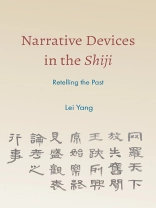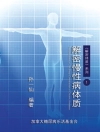Provides a new model for reading the Shiji and other early Chinese historical texts.
Narrative Devices in the Shiji: Retelling the Past offers the first systematic analysis of narratives in early Chinese historical writings from 400 BCE to 100 CE, with a focus on the Shiji (Records of the Historian), a vast collection of historical accounts completed by Sima Qian (145–86 BCE). For centuries, the dominant approach to the Shiji has been to infer Sima’s intentions from his biographical experiences and subsequently project them back into the text. This has caused the import of the work to be overshadowed by Sima’s tragedy of castration, and has minimized the question of how narrative as a form affects the text’s interpretation. Lei Yang fills the gap by exploring how Sima manipulated the Shiji’s narrative structure to represent the past. Drawing on Gérard Genette’s narratological theories, the book examines how sequences of events build causality, what is slowed down and sped up to manage information control, and how the text provides multiple perspectives on the same events. Redefining the Shiji’s place as a turning point in Chinese textual history, Narrative Devices in the Shiji sheds light on the evolution of early Chinese historiography. As an interdisciplinary dialogue between Chinese texts and the Western theories, it opens the Shiji to new interpretations and provides a novel framework for Chinese historical writings.
Содержание
Acknowledgments
Introduction
1. The Turn to Textual Unity
2. Temporal Order: Weaving a Synthesized Causality
3. Narrative Speed: Elaborating Stairs Ascending to Power
4. Multiple Points of View: Illuminating Desires and Dynamics
Conclusion
Notes
Bibliography
Index
Об авторе
Lei Yang teaches Chinese literature and culture at Carleton College.












